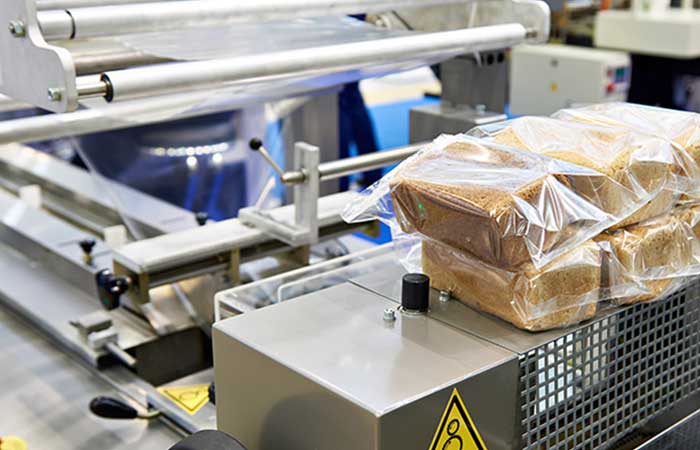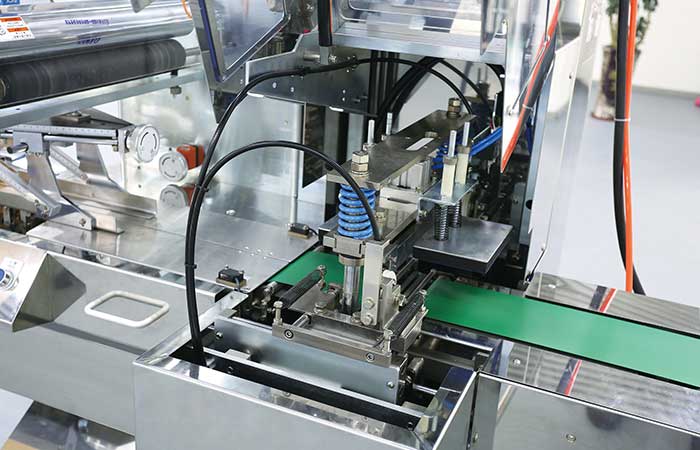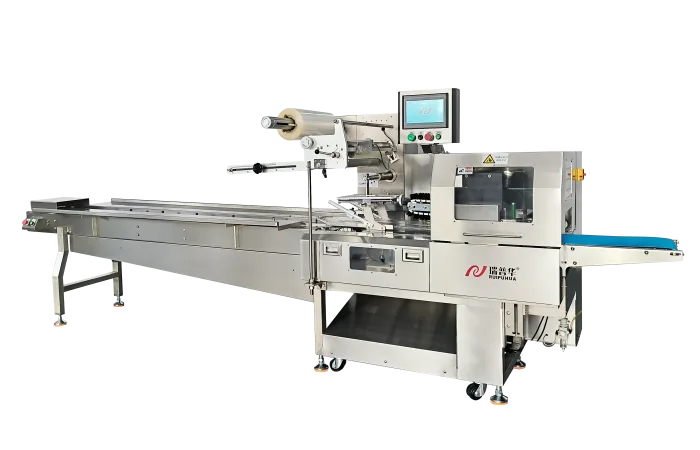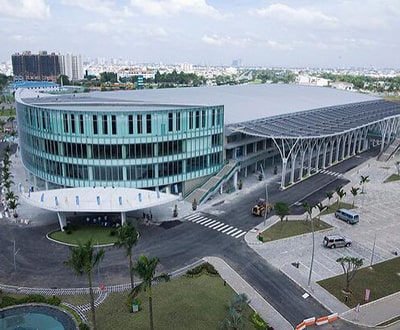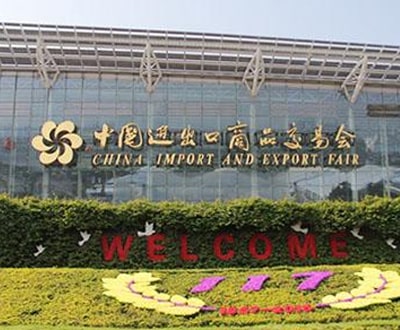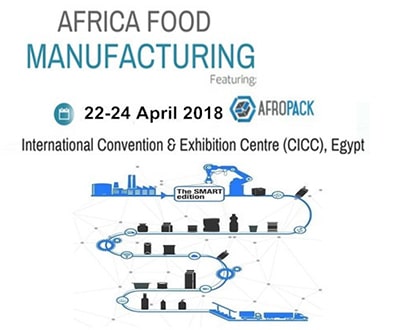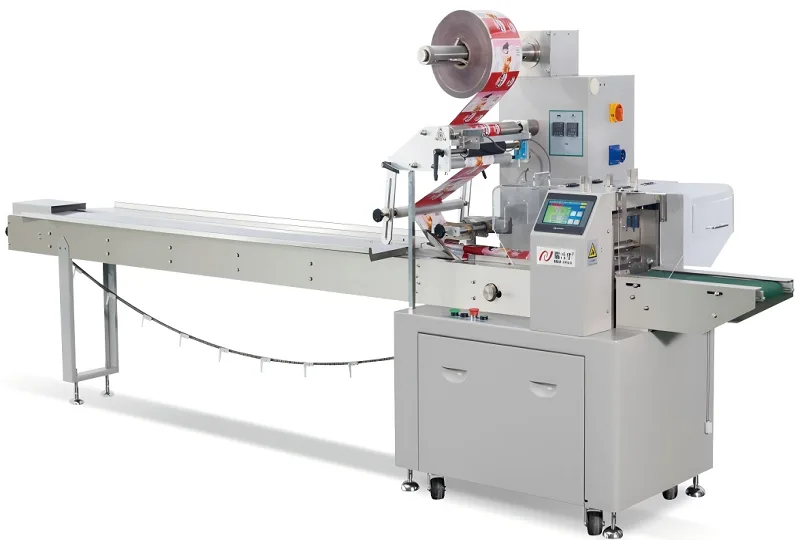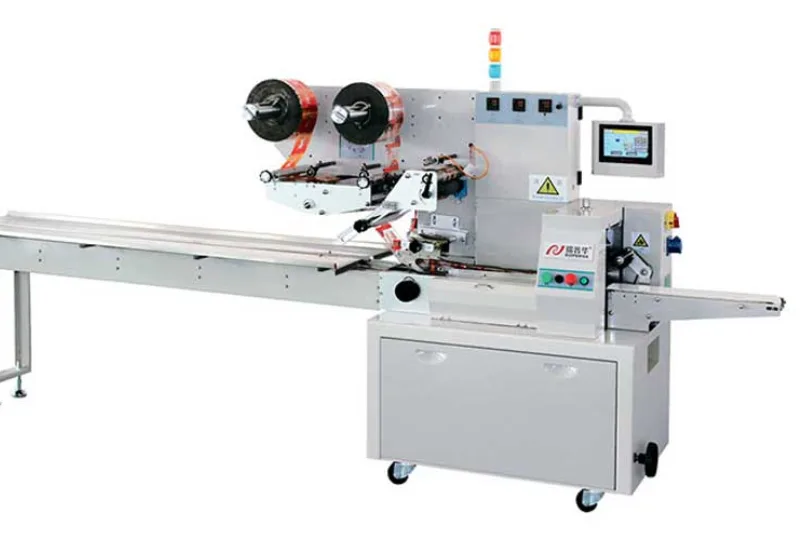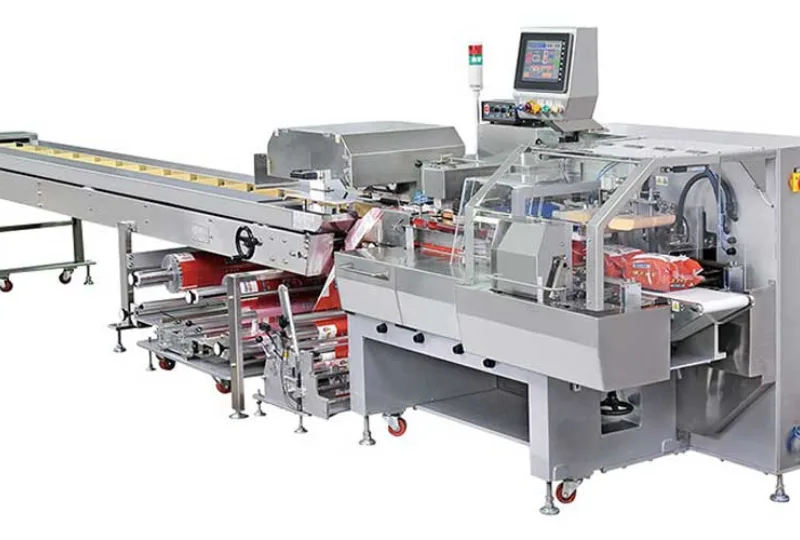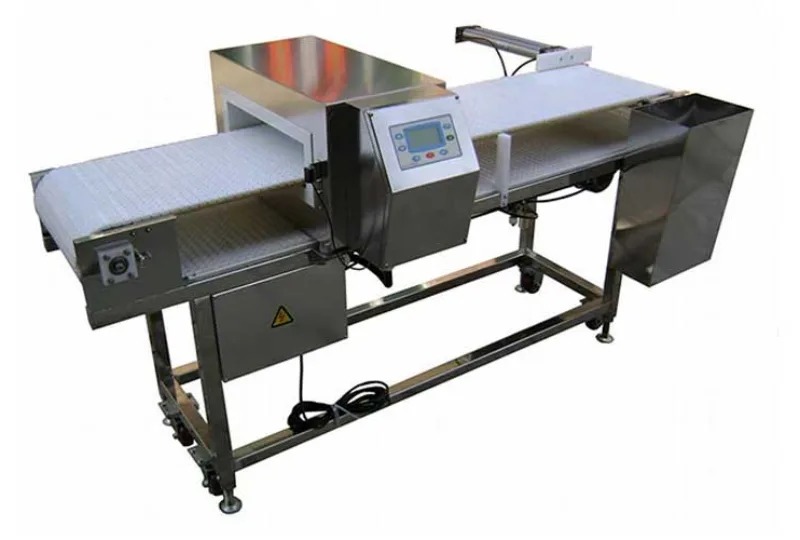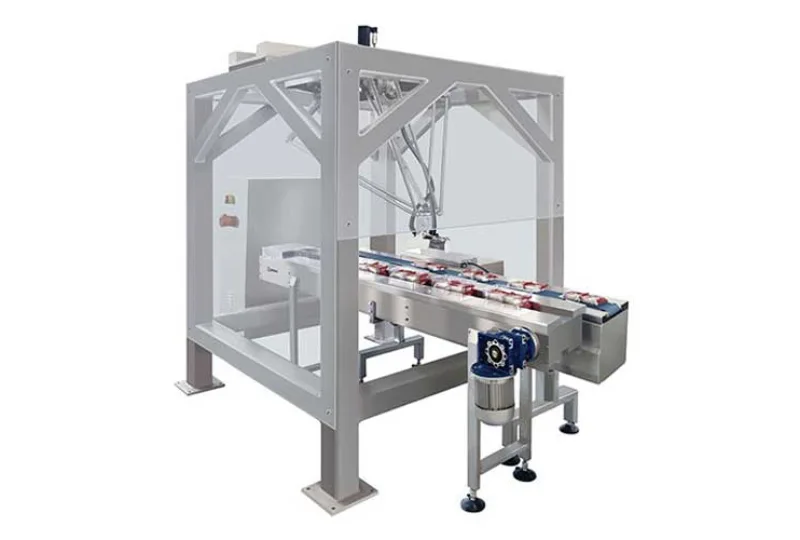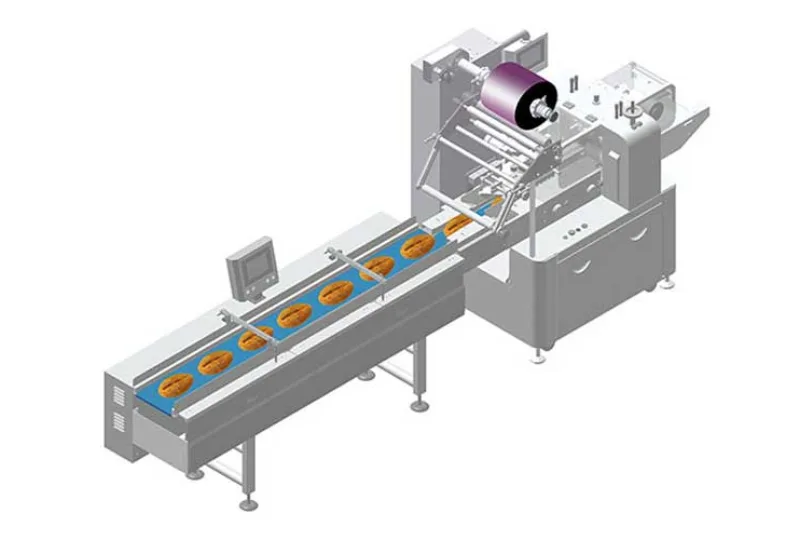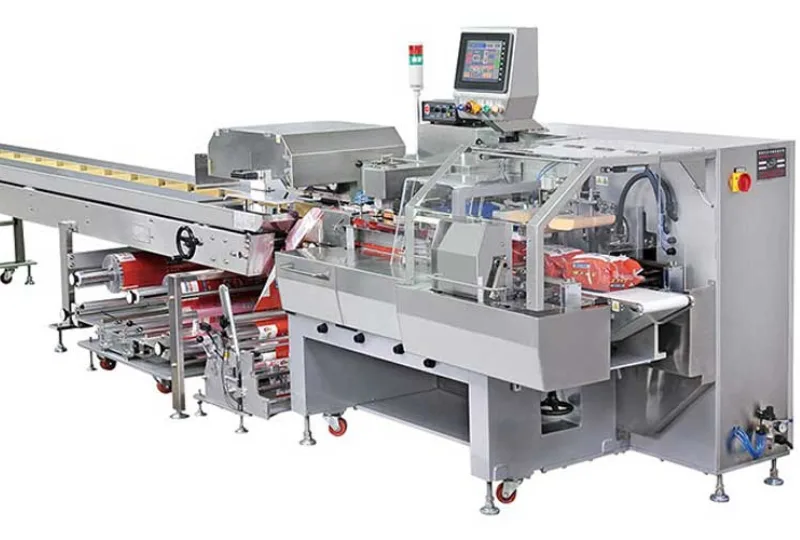The Art of Flow Packing: A Comprehensive Guide
The Art of Flow Packing: A Comprehensive Guide
In the fast-paced world of product packaging, flow packing has emerged as a popular method that offers efficiency and aesthetic appeal. This technique, also known as horizontal form fill seal (HFFS), involves wrapping items in a flexible material such as plastic film while maintaining a continuous flow. Let’s delve into the intricacies of flow packing and explore why it has become a preferred choice for various industries.
The Benefits of Flow Packing
One of the key advantages of flow packing is its adaptability to different product shapes and sizes. Whether you need to wrap individual items or create multi-packs, flow packing can seamlessly accommodate diverse requirements. Moreover, this method ensures product protection during transportation and storage, reducing the risk of damage or contamination.
Enhancing Brand Visibility
Flow packing presents a unique opportunity to enhance brand visibility through customized packaging designs. By incorporating logos, graphics, and color schemes that align with your brand identity, you can create eye-catching packaging that attracts consumers’ attention. This branding strategy can significantly impact consumer perception and drive purchase decisions.
Efficiency and Cost-Effectiveness
From a production standpoint, flow packing offers unparalleled efficiency and cost-effectiveness. By automating the packaging process and minimizing material waste, manufacturers can streamline their operations and achieve higher output levels. This increased efficiency not only reduces operational costs but also improves product consistency and quality.
Applications Across Industries
Flow packing has found applications across a wide range of industries, from food and beverage to pharmaceuticals and personal care products. In the food industry, this packaging method is commonly used for wrapping snacks, confectionery items, and frozen foods. Similarly, in the pharmaceutical sector, flow packing ensures the protection and integrity of medical devices and sterile products.
Future Trends in Flow Packing
As technology continues to advance, the future of flow packing is likely to witness innovations that further enhance efficiency and sustainability. The integration of smart packaging solutions, such as RFID tags and sensors, will enable real-time tracking and monitoring of products throughout the supply chain. Additionally, the development of eco-friendly materials will align flow packing with the growing demand for sustainable packaging solutions.
Conclusion
In conclusion, flow packing represents a sophisticated packaging technique that blends functionality with aesthetics. By leveraging the benefits of flow packing, businesses can elevate their brand presence, optimize production processes, and meet the evolving demands of consumers. As the industry continues to evolve, embracing innovative packaging solutions like flow packing will be essential for staying competitive in the market.
-
01
Automatic Tray Loading and Packaging Equipment: Boost Efficiency to 160 Bags/Minute
21-11-2025 -
02
Automatic Soap Packaging Machine: Boost Productivity with 99% Qualification Rate
21-11-2025 -
03
A Deep Dive into Automatic Toast Processing and Packaging System
18-11-2025 -
04
The Future of Bakery Production: Automated Toast Processing and Packaging System
18-11-2025 -
05
Reliable Food Packaging Solutions with China Bread, Candy, and Biscuit Machines
11-10-2025 -
06
High-Performance Automated Food Packaging Equipment for Modern Production
11-10-2025 -
07
Reliable Pillow Packing Machines for Efficient Packaging Operations
11-10-2025 -
08
Advanced Fully Automatic Packaging Solutions for Efficient Production
11-10-2025 -
09
Efficient Automatic Food Packaging Solutions for Modern Production
11-10-2025 -
10
Advanced Automatic Packaging Equipment for Efficient Production
11-10-2025



